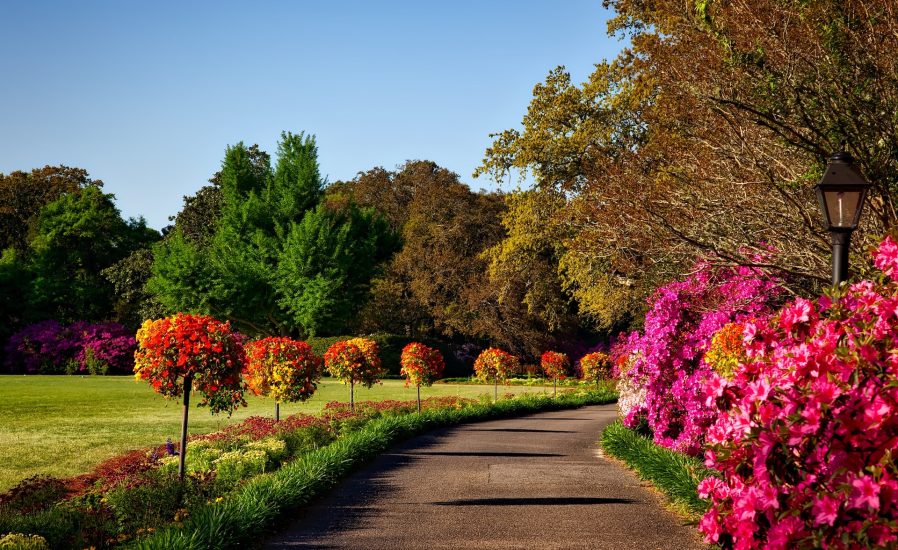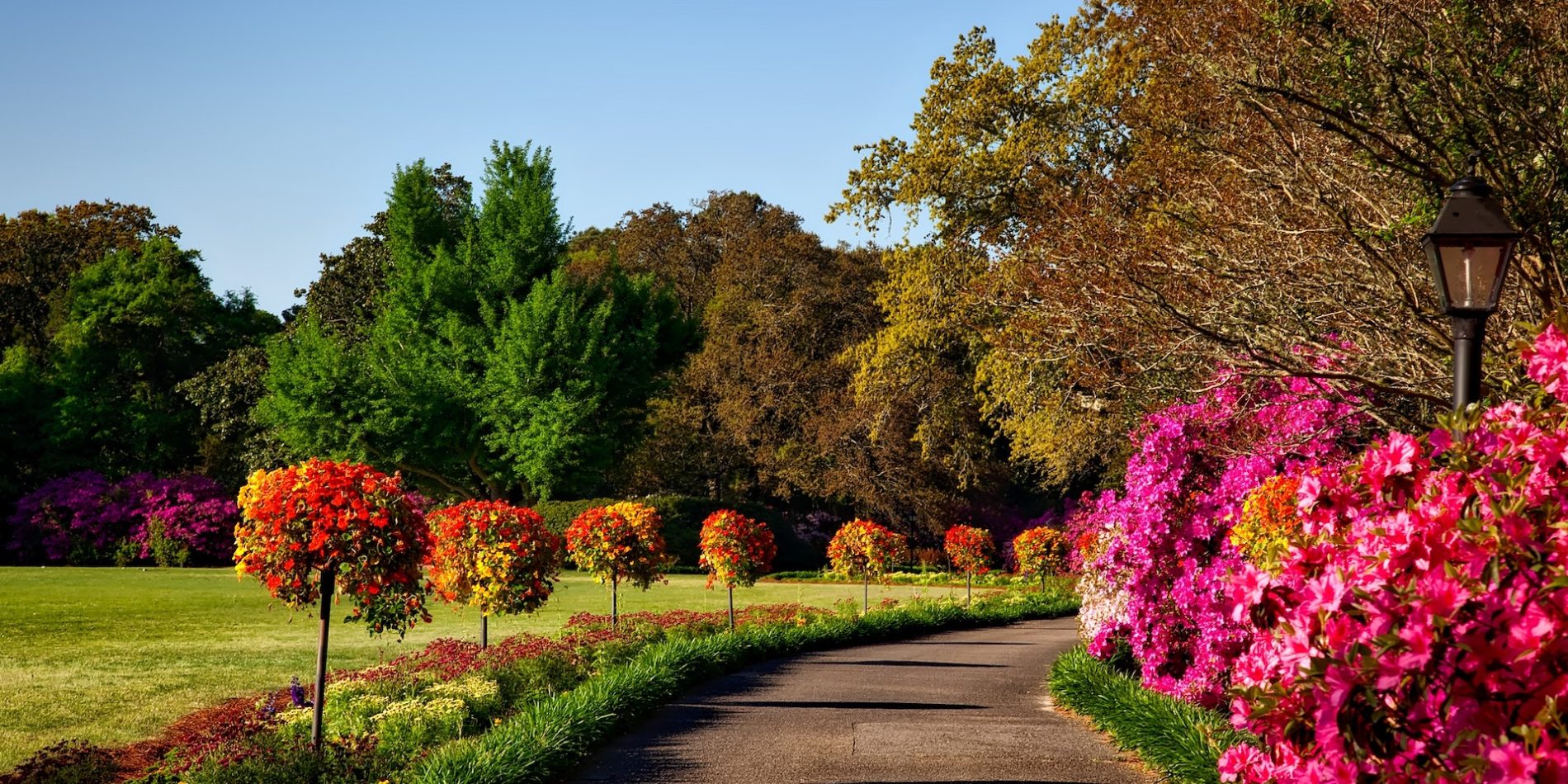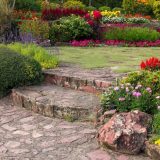
A well-designed garden offers a multidimensional experience, combining functionality, beauty and harmony. If one is planning a garden, one must consider the following elements:
Functionality: A good design should provide for the appropriate placement of functional areas, such as sitting areas, dining rooms, areas for games and barbecues. Ease of movement within the garden should also be considered.
Aesthetics: The design must take into account the aesthetic value, i.e. the beauty and harmony of the garden. This includes the selection and arrangement of plants, the use of materials such as stone or wood, and the creation of eye-catching elements such as reflective surfaces or water slides.
Sustainability: A garden must be sustainable, taking into account nature and the environment.
The design should include the selection of plants that are adapted to the local climatic conditions, so as to reduce the need for intensive watering and fertilizing. Also, the use of renewable energy sources, such as solar energy for garden lighting, can contribute to the sustainability of the design.
Maintenance: When planning, the maintenance needs of the garden must be taken into account. Hardier varieties of plants and the use of automatic watering systems can reduce the time and labor required to keep the garden in good condition.
Personal Style: The design should reflect the owner's personal style and preferences. This can be achieved through the selection of colors, shapes and decorative elements that reflect the aesthetic and personality of the owner.
Last modified: 22 June 2023


